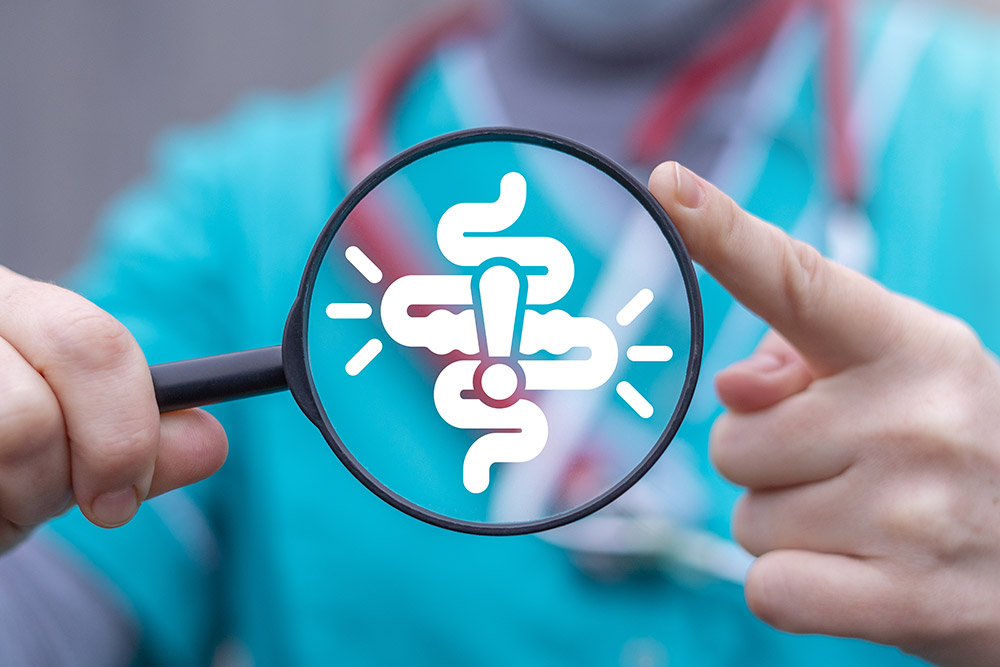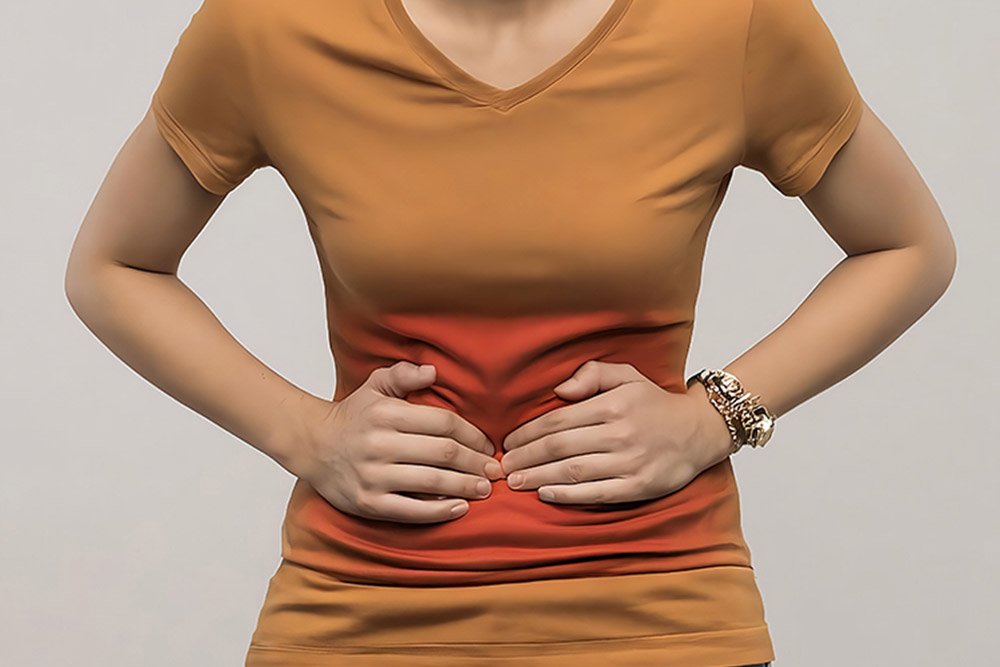What Is a Duodenal Ulcer?
A duodenal ulcer is a sore that develops in the lining of the duodenum, which is the first segment of the small intestine. It occurs when stomach acid breaks down the protective mucosal barrier, allowing the acid to damage the tissue beneath. Unlike gastric ulcers (which appear in the stomach), duodenal ulcers often produce pain a few hours after eating or during the night.
Common Causes and Risk Factors
- Helicobacter pylori (H. pylori) infection : a bacterium that weakens the intestinal lining
- Chronic use of NSAIDs (nonsteroidal anti-inflammatory drugs) such as ibuprofen or aspirin
- Smoking and excessive alcohol consumption both increase acid production and slow healing
- High stress levels and certain foods (spicy, fatty, or acidic) that can exacerbate symptoms
- Family history of peptic ulcers
Signs and Symptoms
- Burning or gnawing pain in the upper abdomen, often between meals or at night
- Bloating, belching, or acid reflux (heartburn)
- Nausea or an uncomfortable feeling of fullness
- Dark, tarry, or bloody stools (indicator of bleeding)
- Unexplained weight loss or decreased appetite
How Dr. Rishi Diagnoses Duodenal Ulcer?
Dr. Rishi uses a step-by-step approach:
Medical History and Exam
He reviews your symptoms, NSAID or aspirin use, alcohol and tobacco habits, stress factors, and overall health history.
H. pylori Testing
We perform a urea breath test, stool antigen test, or blood antibody test to detect Helicobacter pylori infection.
Endoscopy
Using a thin, flexible camera, Dr. Rishi directly inspects the stomach and duodenum lining for ulcers, bleeding, or inflammation.
Imaging Studies (if needed)
- Upper GI series (barium swallow) highlights ulcers on X-ray.
- CT scan evaluates complications such as perforation or severe inflammation.
Biopsy During Endoscopy
If indicated, small tissue samples are taken to rule out malignancy and confirm H. pylori presence.
Frequently Asked Questions
What's the difference between duodenal and gastric ulcers?
Duodenal ulcers form in the first part of the small intestine (duodenum), while gastric ulcers occur in the stomach. Pain from duodenal ulcers typically comes a few hours after eating, whereas gastric ulcer pain often worsens with meals.
How long does it take for a duodenal ulcer to heal?
With proper treatment including medications like PPIs and H. pylori eradication most duodenal ulcers heal within 4 to 8 weeks.
What is the ICD-10 code for a duodenal ulcer?
The general code for an unspecified duodenal ulcer without bleeding or perforation is K26.9. Different codes apply if there is bleeding or perforation.
Can a duodenal ulcer be life-threatening?
Complications like severe bleeding or perforation are rare but can be serious. Prompt diagnosis and treatment by a specialist reduce these risks.
How is a duodenal ulcer diagnosed?
Dr. Chadha uses endoscopy to visualize the ulcer, tests for H. pylori (breath, stool, or blood), and may order imaging (X-ray or CT) if needed.
When should I see a specialist?
If you experience persistent abdominal pain, unexplained weight loss, vomiting blood, or black/tarry stools, schedule an appointment with Dr. Rishi Chadha for evaluation and care.











